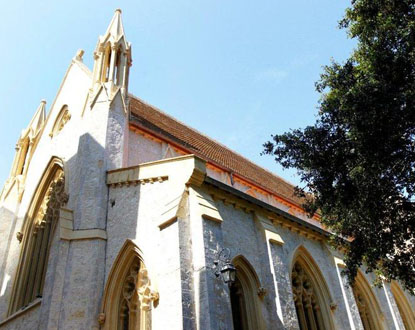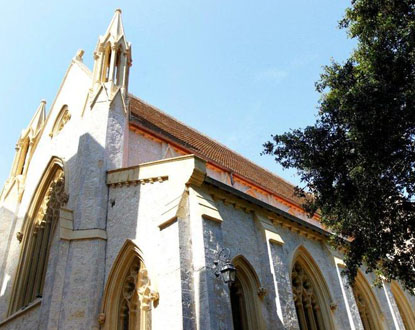Why these works?
The church (located at 11 rue de la Buffa), built from Turbie stone (a very cold and low-porosity stone), was suffering from structural deterioration. Pollution and the sea air loaded with salt had eroded the stones, which were also victims of the surrounding resin.
In general, the whole structure required renovation, with the agency Griesmar architect as the project manager.

Although the English have been present in Nice since the 17th century, the first church was built in 1822 on the current site. The Anglican community in Nice is linked to the Diocese of Gibraltar, which covers continental Europe. The bishop is Bishop Rowell.
The preacher is Monsignor Kenneth Letts, Rector of the Churches of Nice and Vence, Vicar General of the Anglican Church for France (established in Nice since 1994). He is the head of the community and is assisted by a council, led by two churchwardens. He is Australian from Melbourne (Melbourne is twinned, like Nice, with Saint Petersburg).
-The history of the Anglican Church of Nice
The Church is Holy Trinity Church, owned by the religious association. Its construction was completed in 1862 (it is 150 years old this year). It is of neo-Gothic style. It was built at the time in the district nicknamed “New Borough” due to the presence of many English people. It was financed by subscription, and its architect was Thomas Smith. The renowned stained glass windows were made by the Lorin workshop (Chartres). It comprises the Church but also the cemetery, a rectory, and a library containing 20,000 books in English.
Today, the Church welcomes Anglicans as well as the Swedish, German, and Norwegian churches. It is a community living space where choirs regularly perform. It is an open place that can be visited. The parish council notably includes Ted Dexter, former captain of the English cricket team, while in the cemetery rests Henry Francis Lyle, the most famous composer of Anglo-Saxon religious hymns.


